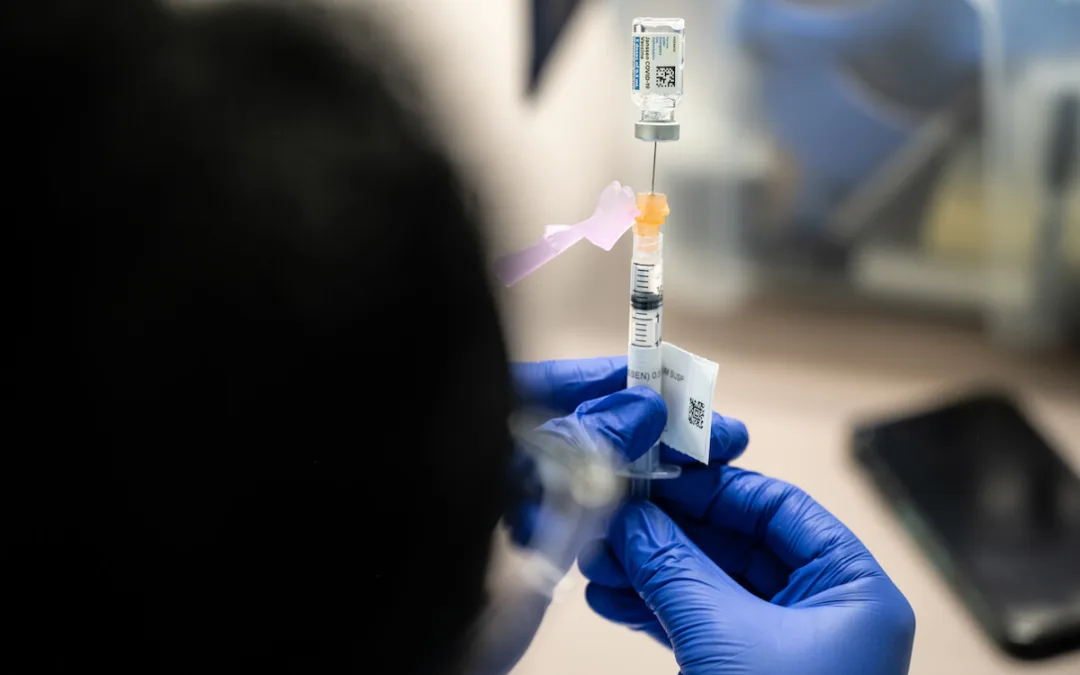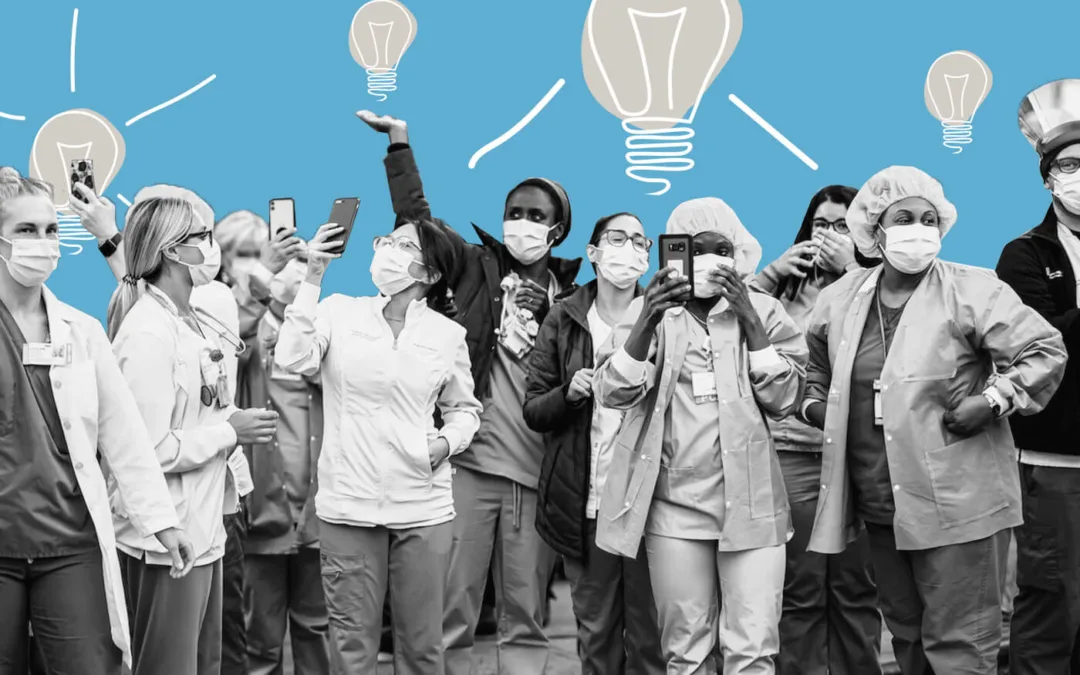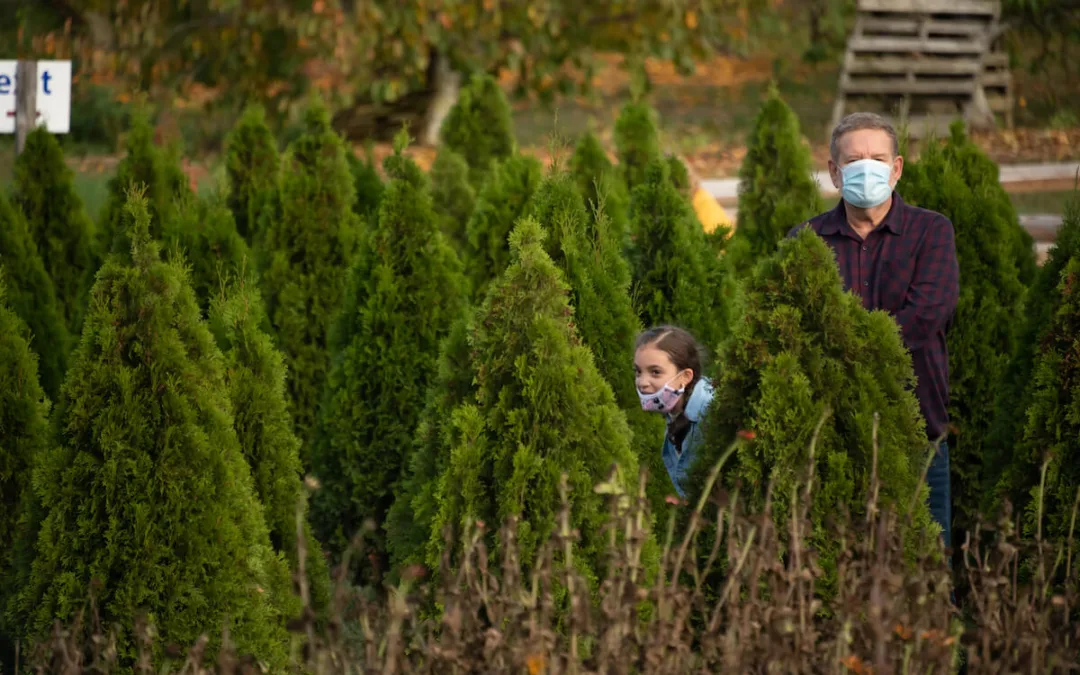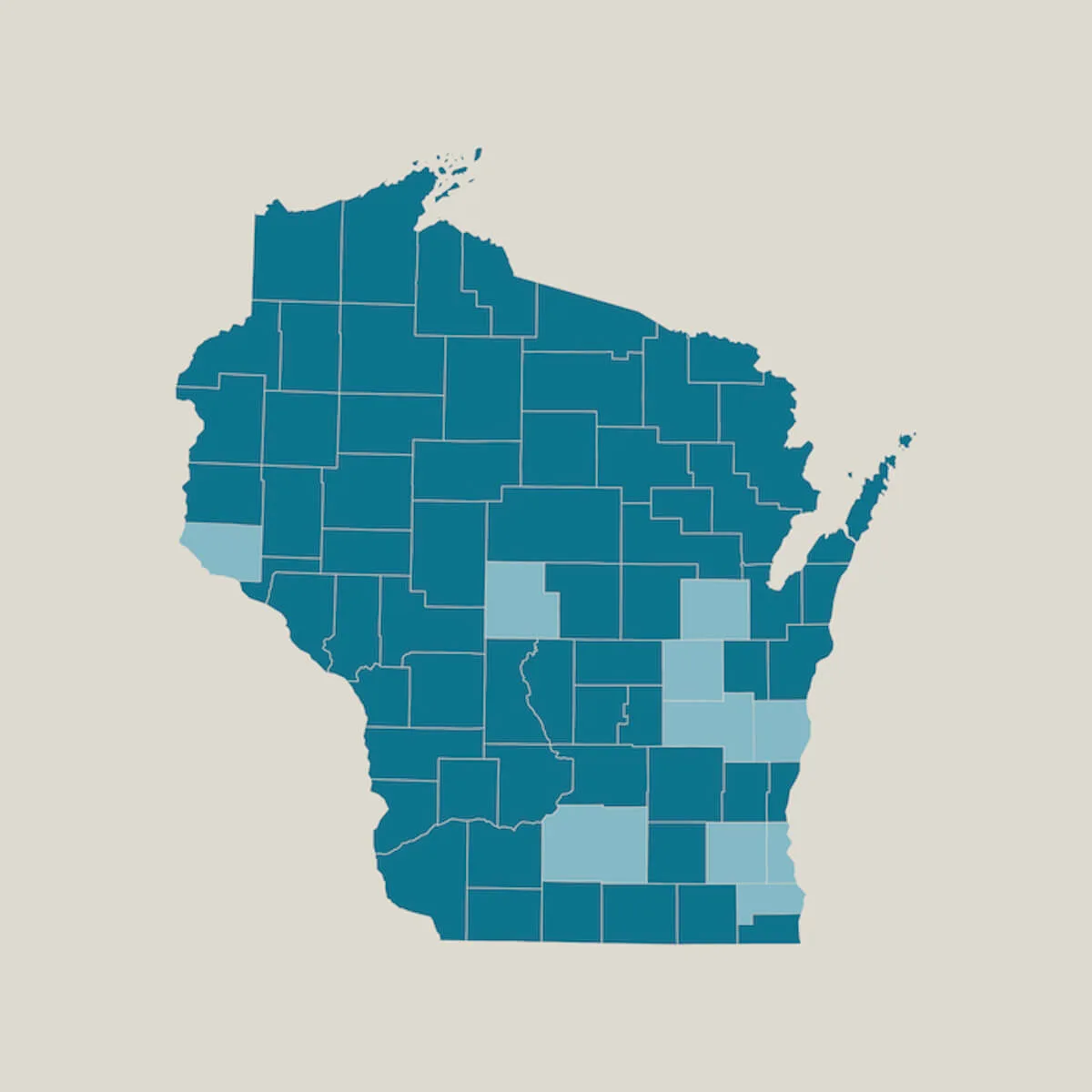
#image_title
#image_title
State now has 46 coronavirus cases with ‘community spread’ having arrived here. Hospitals plan for influx.
The coronavirus continues its spread across Wisconsin, with the number of cases climbing from 33 to 46 from Sunday to Monday and state health officials now confirming it is infecting patients who have not traveled to high infection areas.
That determination of community spread occurring in Wisconsin has led to a statewide ban on gatherings of 50 people or more.
Because several of the new individuals who tested positive had not traveled out of state and had not been in contact with another else who had tested positive, it is believed the virus is now spreading person to person in Wisconsin, said Dr. Ryan Westergaard, the chief medical officer with the state’s Bureau of Communicable Diseases.
Westergaard said they do not know at this time how widespread the community spread is in Wisconsin, which is why social distancing and the ban on gatherings is being put in place.
“Given the pace of new case trajectories around the country is just starting to take off, my expectation is it is not in all Wisconsin communities but the risk is that if that trajectory continues it could be in the future,” Westergaard said Monday during a conference call. “That is the reason for the social distancing measures.”
To date, the virus has infected people in 10 of the state’s 72 counties.
The breakout of cases by county as of Monday afternoon is: 13 in Milwaukee, 11 in Fond du Lac, 10 in Dane, 3 each in Sheboygan, Waukesha and Winnebago; and one each in Outagamie, Pierce, Racine and Wood. The case in Wood County is its first. Overall, 504 people in Wisconsin have tested negative for the virus.
The new ban on gatherings, announced by Gov. Tony Evers and the Department of Health Services Sec. Andrea Palm includes museums, religious centers, stadiums, arenas, movie theaters, health and fitness centers and licensed pools.
While restaurants may remain open, they must operate at 50 percent of their licensed seating capacity. Tables, booths and bar stools must be 6 feet apart.
Airports, grocery stores, food pantries, child care centers, pharmacies and hospitals are exempt from the ban.
The decision comes a day after Dane County health officials put the same ban in place.
Palm warned more closures are likely.
“In the coming days and weeks, there are going to be more disruptions in your lives. We are going to ask you to do more social distancing,” Palm said. “I know this is difficult. But this is how we are going to prevent more people from becoming exposed and infected with COVID-19.”
The challenge is to keep people away from each other, which limits the virus’ ability to spread and prevents an overload of the state’s healthcare system.
Palm said hospitals have plans in place on how to handle pandemics. They involve expanding capacity by pre-planning where more hospital beds can be located to accommodate the influx of patients, in this case, patients with the coronavirus.
Hospital plans will detail, for example, which units, floors or other facilities can be converted to provide isolation rooms or space for more intensive care beds. She stressed Wisconsin has the ability to cure acute cases of the coronavirus but not if the system is overwhelmed with patients who failed to distance themselves and consequently helped the virus spread.
“We have a finite number of intensive care unit beds and ventilators,” Westergaard said. “In a pandemic situation, the real risk is the number of critically ill patients will grow too large, too quickly, and we will not have enough resources to save everyone who needs critical care.”
Health officials on the conference call with the governor were not able to say how many intensive care beds are in Wisconsin hospitals or if additional ventilators will be needed to handle more acute patients in respiratory distress.
“When we ask people to stay home, to avoid social gatherings, the reason is specifically to support those frontline healthcare workers,” Westergaard added. “Then we can use hospital resources for those that need them.”
Westergaard said he is optimistic that the state’s testing capacity is increasing, with the state lab now open to process tests seven days a week and able to process roughly 400 tests per day.
He said two labs at the Children’s Hospital of Wisconsin and one at Froedtert Hospital, all located in Milwaukee, are now processing samples, bringing statewide capacity closer to 600 samples processed daily. More hospitals are working to do the same, he said.
Eventually, testing for the coronavirus will become as rapid and commonplace as testing for the flu, Westergaard said. But until then, it is only those experiencing a fever greater than 100 degrees, shortness of breath and coughing who will likely be tested for the virus.
“At the moment, there is not the capacity to test everyone, not even everyone with respiratory symptoms,” Westergaard said.
Politics

Opinion: It’s time for Congress to fight for small businesses instead of big corporations
May is National Small Business Month. Our elected leaders need to show leadership all year long. For the past 27 years I’ve been fortunate to pursue...
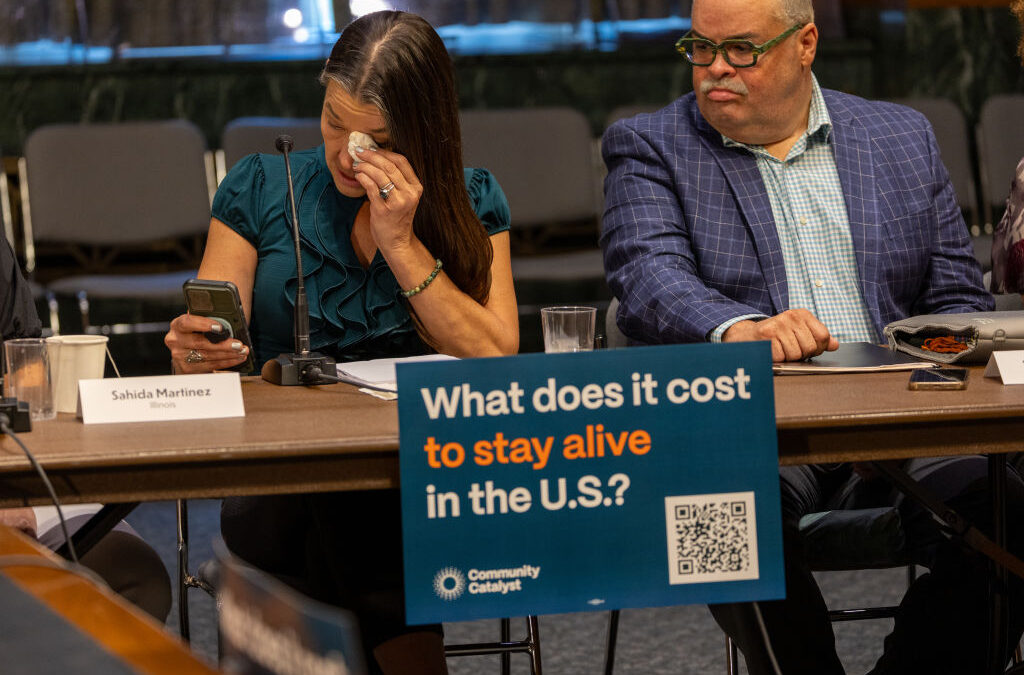
Here’s what you need to know about medical debt in Wisconsin
Medical debt—a financial burden for tens of millions of Americans facing hundreds of billions of dollars in health care costs—affects everyone,...
Local News

Sip, sit, stay: 7 dog-friendly businesses in Eau Claire
When the sun’s out, everyone wants to be outside drinking and dining — including dogs! But not all establishments allow four-legged, furry visitors....

The 8 most convincing UFO sightings in Wisconsin history
If you’ve ever seen something light up in the sky and wondered what it could be, there’s a chance it’s a UFO, especially if you’re in Wisconsin. The...



